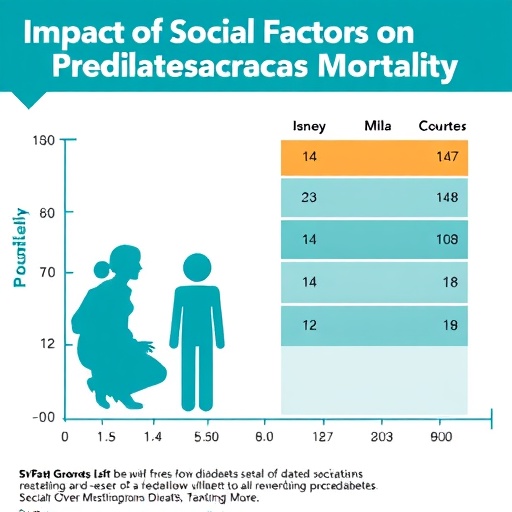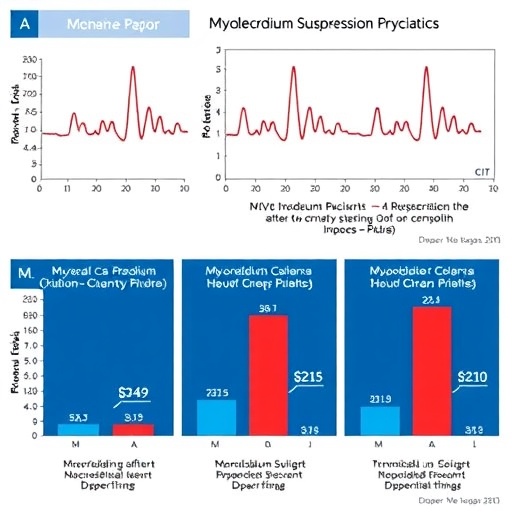
Credit: UC Riverside
RIVERSIDE, Calif. — A University of California, Riverside researcher is leading a team that will receive $300,000 over two years to study the life cycles of viruses that are harmful to humans and agricultural plants.
The project by A.L.N. Rao, a professor of plant pathology and microbiology, is one of 15 funded by the University of California's Multicampus Research and Programs Initiatives. He is the only professor from UC Riverside who is a principal investigator on one of the grants.
His research focuses on viruses, which contain at least two components: the capsid (a protein shell), and a genome, consisting of either DNA or RNA. Although one of the most important roles of a viral capsid is to protect its genome, it must also be capable of releasing its infectious nucleic acid into the cell.
The Rao-led team, which also includes researchers from UCLA and UC Irvine, are focused on the capsid portion of the virus. Their goal is to understand the factors that determine/regulate viral capsid dynamics using state-of-the art genetic, molecular, biochemical and nanotechnology approaches so they can formulate new approaches to curb viral infections.
As a first step, they say it is crucial to demonstrate how RNA content determines the stability of a viral capsid. This means generating in a test tube and in an organism a range of structurally identical capsids that contain distinctly different RNA lengths and sequences.
The results could lead to genetic engineering of plants to improve their health. For example, several years ago, the papaya crops in Hawaii were saved from papaya ringspot virus destruction by simply transforming plants to express the viral capsid protein.
Devastating viral epidemics and pandemics are usually thought of in terms of viruses such as Influenza or Ebola in mammals. But parallel instances of disease caused by plant viruses, though less familiar, can also cause widespread devastation. For example, in the mid-1990s, a viral infection of cassava, led to widespread famine and death in Africa.
###
The Multicampus Research and Programs Initiatives grants, totaling more than $17 million, were announced in December. The winning research projects were selected by peer review from a pool of 97 applications in a highly competitive grant review process.
Through the initiative, UC's Office of the President provides grants to UC faculty who: advance cutting-edge research in topics important to UC, the people of California and to the state's environment and economy; increase UC's competitiveness in attracting extramural funding; and train UC students in emerging fields of scholarship.
Media Contact
Sean Nealon
[email protected]
951-827-1287
@UCRiverside
http://www.ucr.edu
############
Story Source: Materials provided by Scienmag




